Video from BIFF Panels: The Vasulka Effect
Directed by: Anna Scime, + Hrafnhildur Gunnarsdóttir, + Dr. Tina Rivers Ryan, + Steina Vasulka
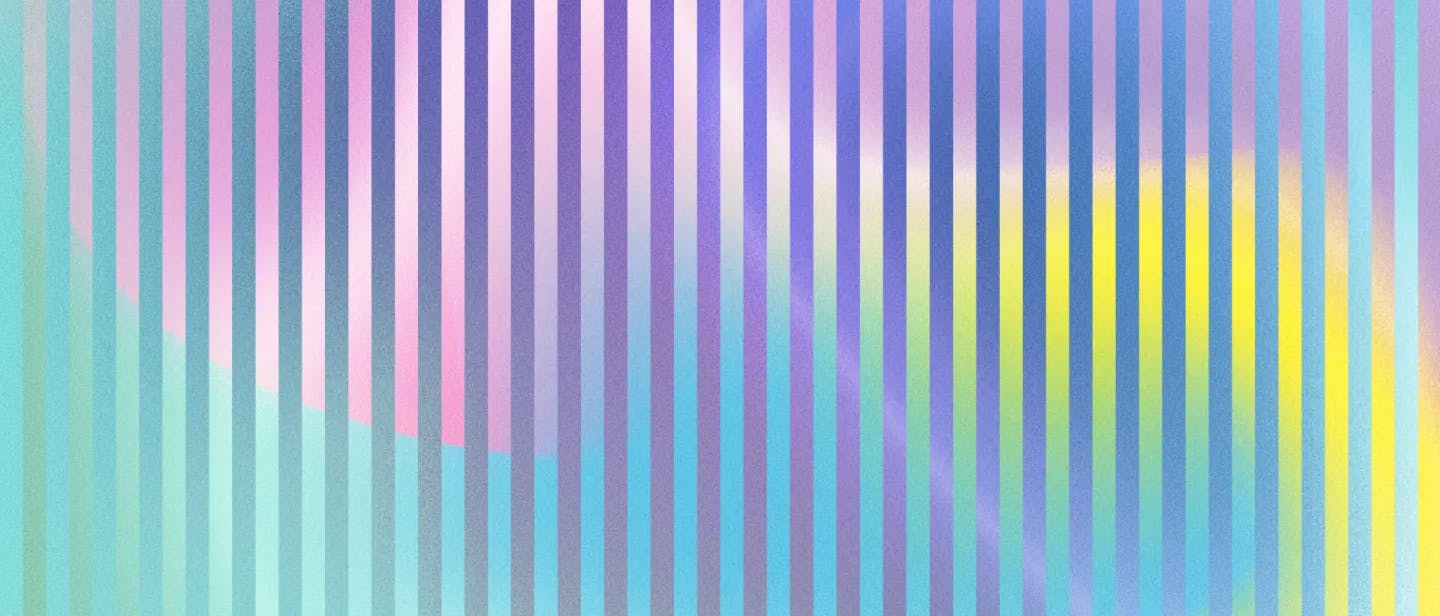

BIFF Panels: The Vasulka Effect
Saturday, October 10, 2pm-3pm – live panel streamed to social + website
The Vasulka Effect Panel focuses on the documentary and its production, and on the media artwork featured in the film. It explores the life and work of video art pioneers Steina and Woody Vasulka, and their extensive archive and storied legacy.
Panelists: Hrafnhildur Gunnarsdóttir + Dr. Tina Rivers Ryan + Steina Vasulka
Moderator: Anna Scime
About the Panelists:
A native of Reykjavik, Iceland, filmmaker and activist Hrafnhildur Gunnarsdóttir received her BFA from the San Francisco Art Institute in 1989. Since then she has worked extensively in documentary films and TV as a director/producer and director of photography. Hrafnhildur chaired the filmmakers association FK in Iceland from 2009-2017. She has also been the chairman of the board of Nordisk Panorama – a Nordic alliance of short and documentary filmmakers based in Copenhagen and Malmö.
Hrafnhildur also has produced and directed several documentaries, most recently she completed her magnum opus 5 part series chronicling 40 year struggle for equal rights for homosexuals in Iceland titled People Like That. Currently she has just completed The Vasulka Effect. About Steina and Woody Vasulka, pioneers of video art. Both projects just won the Icelandic Cinema and Television Academy Edda Award 2020. Hrafnhildur produced Kitchen Sink Revolution which won the Icelandic Edda Academy Award in 2015. That year she also won the Edda Award for Her Age – 52 macro programs broadcast on RUV.
Dr. Tina Rivers Ryan is Assistant Curator at the Albright-Knox Art Gallery in Buffalo, New York, where her exhibitions have included Aria Dean and Kawita Vatanajyankur: Foul Play, both in the Gallery for New Media. Previously, she worked in the Modern and Contemporary Department at The Metropolitan Museum of Art; she also has held internships at MoMA/PS1, the New Museum, and the ICA Boston. An art historian by training, she has taught courses on contemporary art at Columbia University, the Pratt Institute, and The Museum of Modern Art, as well as the Graduate Seminar in the MFA program at the University at Buffalo. Her writing has appeared in numerous magazines, including Artforum and Art in America, and in academic journals and exhibition catalogs from museums including the Walker Art Center and Pirelli HangarBicocca in Milan. A specialist in postwar and contemporary art, Ryan is particularly interested in artists working with time-based and new media technologies.
Steina Vasulka (and Woody Vasulka) are major figures in video history, technical pioneers who have contributed enormously to the evolution of the medium. The Vasulkas' technological investigations into analog and digital processes and their development of electronic imaging tools, which began in the early 1970s, place them among the primary architects of an expressive electronic vocabulary of image-making. Applying an informal, real-time spontaneity to their formalist, often didactic technical research, they chart the evolving formulation of a grammar and syntax of electronic imaging as they articulate a processual dialogue between artist and technology.
The Vasulkas' early collaborative efforts, produced from 1970 to 1974, include phenomenological explorations that deconstruct the materiality of the electronic signal and analyze the imaging capabilities of video tools. Central to these increasingly complex exercises are explorations of the malleability of the image, the manipulation of electronic energy, and the interrelation of sound and image.
In the mid-1970s, working with such engineer/designers as Eric Siegel, George Brown, Steve Rutt and Bill Etra, the Vasulkas developed electronic tools specifically for use by artists. With Jeffrey Schier they developed the Digital Image Articulator, a device that allows the digital processing of video imagery in real-time. Steina's training as a violinist, and Woody Vasulka's background as an engineer and filmmaker, informed their invention of electronic devices to transform sound, image, space and time — themes that they have pursued independently in their later works. Though the Vasulkas continue to collaborate, since 1975 they have produced much of their work individually.
The Vasulkas immigrated to the United States in 1965, and began their collaborative exploration of electronic media in 1969. In 1971, they co-founded The Kitchen, a major alternative exhibition and media arts center in New York. From 1973 to 1979, the Vasulkas lived and worked in Buffalo, New York, where they were faculty members at the Center for Media Study, State University of New York. The Vasulkas have received numerous awards for their work in the media arts, including grants and fellowships from the National Endowment for the Arts, the New York State Council on the Arts, and the Corporation for Public Broadcasting. In 1989, they received a United States/Japan Exchange Fellowship from the National Endowment for the Arts. The Vasulkas have broadcast and exhibited their collaborative works extensively throughout the United States, Europe, and Japan, at institutions including The Institute of Contemporary Art, Boston; Everson Museum of Art, Syracuse; Institute of Contemporary Art, Philadelphia; Albright-Knox Gallery, Buffalo; and The Museum of Modern Art, New York, among many others. They had a retrospective at Berg Contemporary, Iceland in 2018.
– Electronic Arts Intermix (EAI)
Video from BIFF Panels: The Vasulka Effect
Directed by: Anna Scime, + Hrafnhildur Gunnarsdóttir, + Dr. Tina Rivers Ryan, + Steina Vasulka
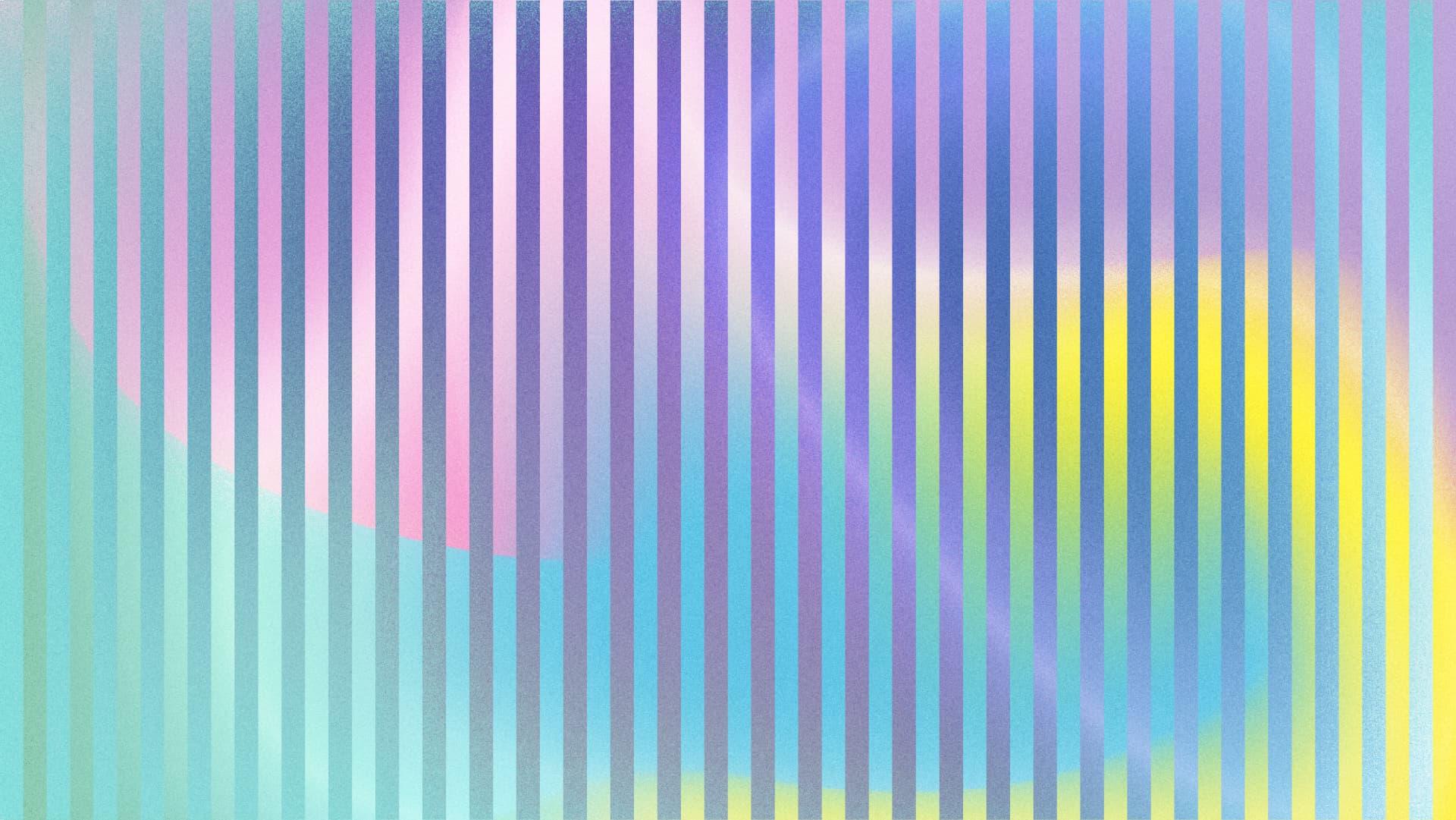
Still from BIFF Panels: The Vasulka Effect
Directed by: Anna Scime, + Hrafnhildur Gunnarsdóttir, + Dr. Tina Rivers Ryan, + Steina Vasulka
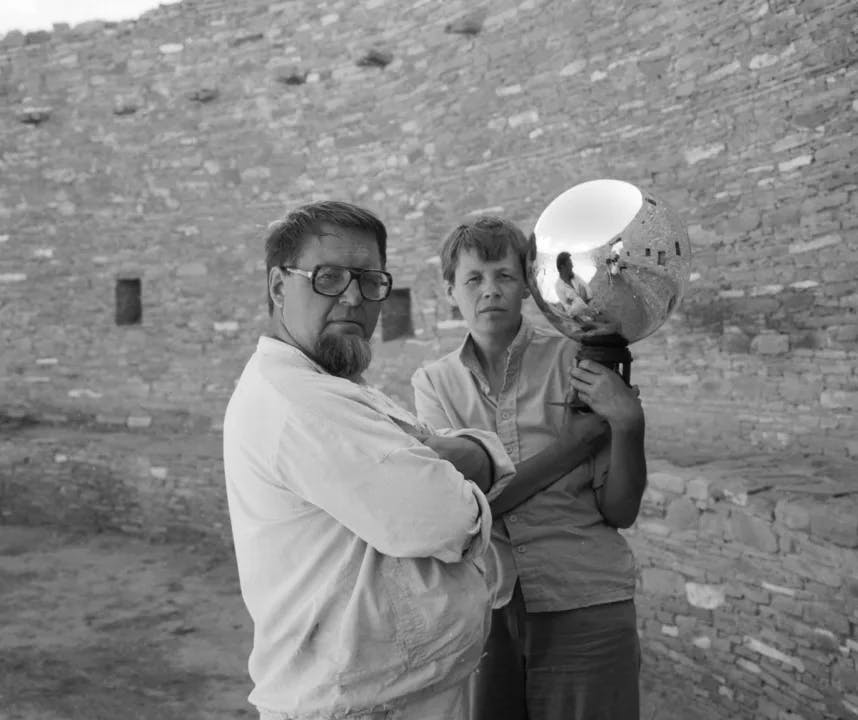
This intimate portrait explores the life and work of video art pioneers Steina and Woody Vasulka.
Read more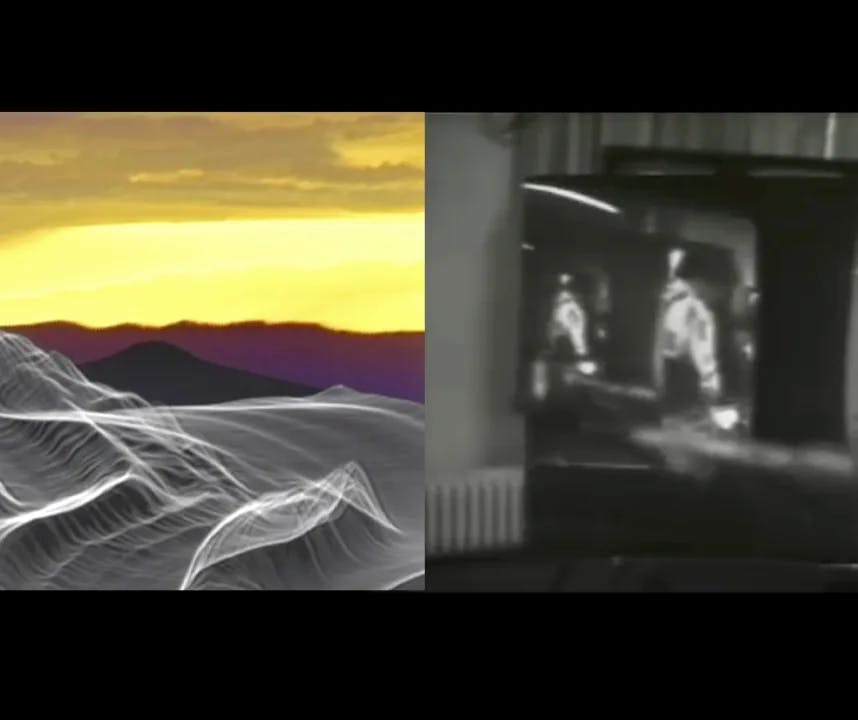
Orbital Obsessions + Art of Memory on view sunset to sunrise Oct 8–12 on The Front Lawn @ Burchfield Penney Art Center.
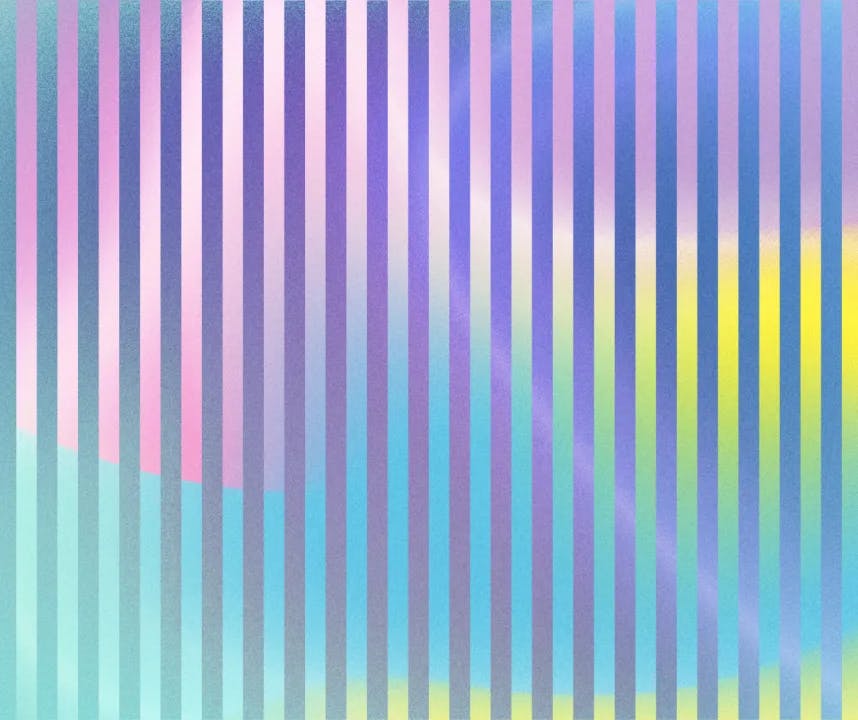
Panelists will discuss the film, their work, collaborative poiesis and exchange, the concept of genius, and more.